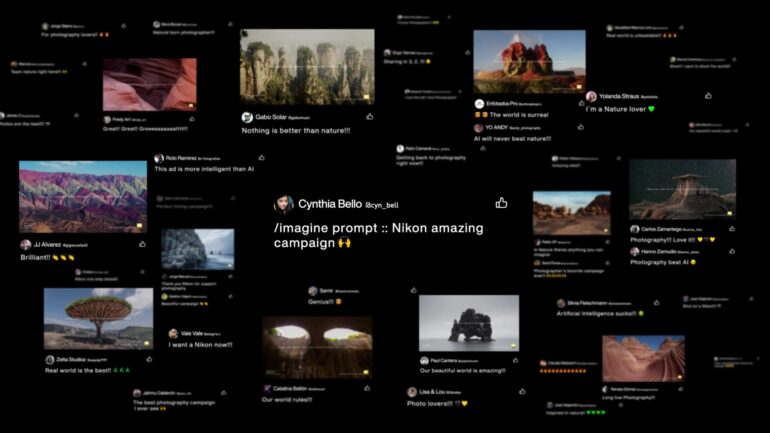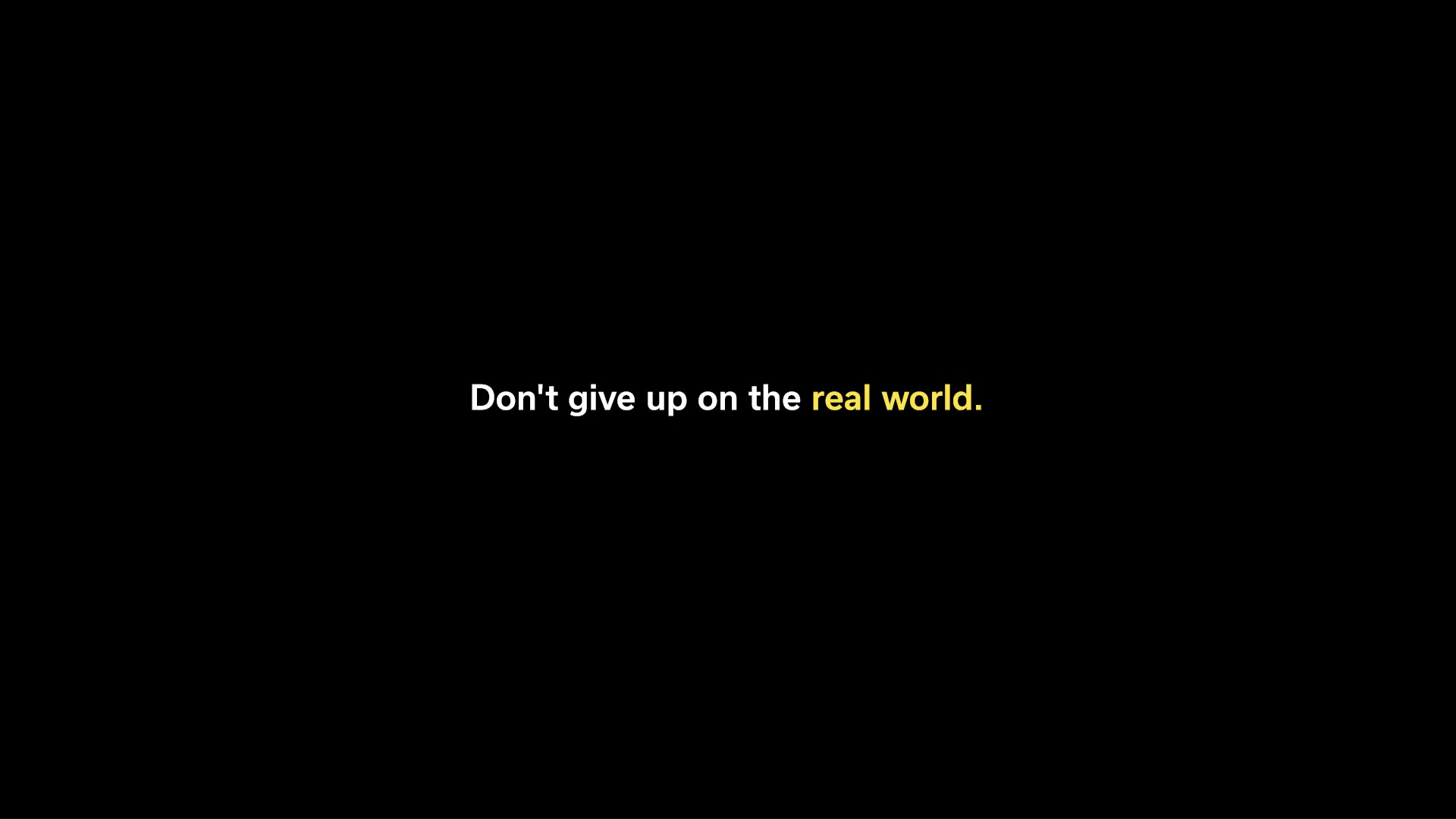Last Updated on 06/20/2023 by Chris Gampat
Here at The Phoblographer, we’ve written an ungodly amount of words about this so-called artificial intelligence, both reflecting on its negative aspects —a majority of them, actually— and the few positive ones we’ve managed to appreciate. After all, this technology has greatly affected our industry and our community, from newspapers using AI composites instead of buying stock to “artists” winning prestigious photography awards with fakes made by the LLM of the day. And a new Nikon advertising campaign is using some questionable tactics to get people shooting again.
It’s only logical that we, as photographers and artists, would weigh in on this. And, of course, it is only logical that Collateral weighed in on this, too. After all, my inner cynic tells me, they wouldn’t survive for long if all professional photography went the way of the dodo.
And here’s where Nikon and Grey Peru have stepped in with a beautiful advertising campaign which, to my personal tastes, has hit the nail almost on the head.
Don’t give up on the real world
In its latest commercial, Nikon acknowledges that “all over the world, millions of people are obsessed with creating incredible surreal images of anything they can imagine,” and that “this obsession with the artificial is making us forget that our world is full of amazing natural places that are often stranger than fiction.” In answer to this trend, they say, “We created a campaign with real unbelievable natural images taken with our cameras, with keywords like those used with Artificial Intelligence.”
These beautiful images, taken straight out of the real world thanks to natural intelligence and a quick Internet search, are indeed accompanied by the ironic prompts one might need to generate them, such as “a latte skatepark in the middle of a desert in Mars,” for a photograph of the Coyote Buttes taken by John Fowler with a Nikon D80 or “a mutant umbrella tree shaped like a nuclear bomb explosion” for a picture of a tree taken in Socotra, Yemen, by Andrew Svk.
In fact, that image is available for free use on Unsplash. But we’re going to get into that later.
With the slogan “Don’t give up on the real world,” or its Spanish mutant twin, “The real world will never cease astounding us,” (El mundo real nunca dejará de sorprendernos), they’ve taken care of showing this everywhere they’ve been able to, with what seems to be an honestly unsurprising result; as shown in the video, people have taken their cameras out again.
Something that I’ve also found interesting, though, is that we literally have no real way to certify these results; I would’ve loved for Nikon to supply an official hashtag of sorts just so we could easily check how many people have been inspired by this campaign and what pieces of art they have made with their cameras. I’ve tried to check out the messages shown at 1:43, but I haven’t been able to find them in any of the networks I’ve got access to.

Using someone else’s work for your own gain
As we’ve stated in other articles, one of the worst aspects of generative AI is the fact that it is trained on thousands of images without any kind of permission. Given this, we can’t overlook the fact that all of these images are either Flickr Creative Commons or taken off of Unsplash, according to DIYPhotography. Our further investigations found that this image is available for free use on Unsplash. Unsplash is a site we’ve criticized multiple times for its less-than-ethical treatment of photographers.
For those not in the know, Unsplash has conned photographers into giving away the rights to their images over and over again for paltry prizes.
The last time a camera company supported and condoned using Unsplash, we reported on it. Leica UK did it last time, and Leica Germany and USA were quick to separate themselves from the UK’s actions. Once we hear back from Nikon USA about this, we’ll update this blog post.
On one hand, it’s always nice for your work to get the exposure it deserves, but on the other, exposure is what you die of if you can’t pay rent on time. To that end, we condemn Nikon’s actions if they indeed did not pay for the photographs.
One could only hope that either Nikon or the advertising company they hired took care of compensating the photographers properly, as they should, for such a massive campaign. Sadly, my inner cynic rears its head again and prepares me for the worst.
My own two cents
While I understand the whole point of the campaign, there’s something I find myself missing, one of the things irreplaceable by AI; the beauty of small things.
In my opinion, AI is deeply limited in two ways. First, as we stated previously, it’s trained on thousands of pre-existing images, usually without permission. It can’t create anything out of the blue, and some sources tell that it’s already feeding on itself, which limits it even more.
Second, and even more important to my way of thinking, is that it lacks serendipity. While it’s easy to create a bombastic prompt, such as “multicolored surreal mini volcanoes erupting water like a fountain” (taken straight out of the Nikon video), I think it’s virtually impossible to achieve what’s easily achievable with a real camera: small details of your daily life, often overlooked, seen in a different way.
While not everyone has the means to access the places shown in the video, everyone can grab their favorite camera, walk around and keep their eyes open for that little splash of beauty. You know, those little things that make life worth living.


